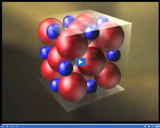
In this salt diagram, atoms are arranged in a cube, which is considered its crystal structure or pattern.
- Subject:
- Science
- Provider:
- Utah Education Network
- Author:
- Visual Learning Company
- Date Added:
- 02/28/2010

Resources created or licensed by the Utah Education Network

In this salt diagram, atoms are arranged in a cube, which is considered its crystal structure or pattern.
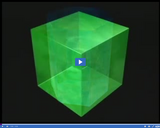
Crystals come in a variety of shapes. Each crystal system is defined by an arrangement of its axis.

This Canva presentation can help Ed Tech coaches teach why and how digital citizenship skills can be taught in any classroom.
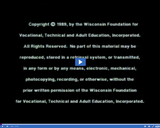
In "Adding and Subtracting Algebraic Expressions" students will learn to: identify the terms in algebraic expressions, identify like terms in algebraic expression, identify the special types of polynomials called monomials, binomials and trinomials and add and subtract any type of polynomials.
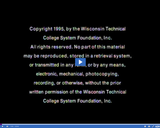
In "Exponents" students will learn to: identify expressions in simplified standard form, use the rules for exponents to simplify expression and use the rules of exponents to divide a polynomial by a monomial.
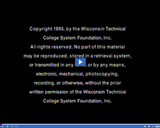
In "Factoring I" students will learn to: find the greatest common factor of a polynomial and factor the greatest common factor from a polynomial.
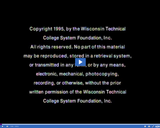
In "Factoring II" students will learn to: factor a polynomial with four terms by grouping, factor a perfect square trinomial and factor a binomial that is the difference of two perfect squares.
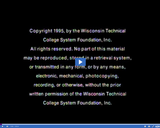
In "Factoring III" students will learn to: factor a quadratic trinomial and factor a trinomial in quadratic form.

In "Getting Acquainted with Algebra" students will learn to: translate words into the language of algebra, evaluate algebraic expressions and evaluate formulas and other expressions.
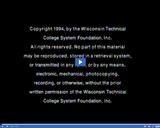
In "Inequalities" students will learn to: identify inequality symbols and use them to write algebraic statements, identify the solution sets of inequalities in one compound inequality and solve inequalities and solve word problems using inequalities.

In "Laws of Algebra" students will learn to: recognize five basic laws of algebra and apply these laws to certain algebraic operations.
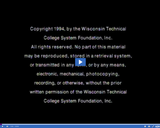
In "Linear Equations and Graphs I" students will learn to: identify linear equations, identify linear equations that produce vertical or horizontal lines, use graphs, equations and ordered pairs to examine the relationships between variables and plot points and draw lines on the coordinated plane.
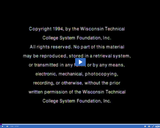
In "Linear Equations and Graphs II" students will learn to: use the term "slope" to describe lines and rates of change, find the slope of lines on graphs, find the slope of a line when given two of its points and define the slope of horizontal and vertical lines.
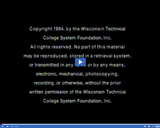
In "Linear equations and Graphs III" students will learn to: find the slope of a line from its equation, write any linear equation in slope intercept form, use an equation in slope-intercept form to find the slope and y-intercept of its line, graph a line from its equation using the slope and y-intercept.
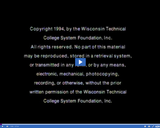
In "Linear Equations and Graphs IV" students will learn to: write an equation for a line with a given slope and y-intercept, write an equation for a line with a given slope through a given point and write an equation for a line through two given points.
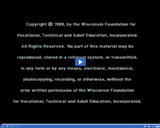
In "Multiplying Polynomials" students will learn to: multiply any two polynomials, apply the FOIL method as a shortcut in multiplying two binomials and use formulas to obtain special products of the form (a + b)2, (a - b)2 and (a + b)(a - b).
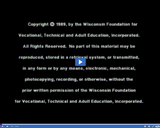
In "Order of Operations" students will learn to: use standard order of operations to simplify and evaluate numerical or algebraic expressions and simplify and evaluate numerical and algebraic expressions that contain parentheses.
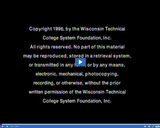
In "Proportion and Variation" students will learn to: write ratios as fractions or decimals, write and solve proportions, use proportions to solve practical problems, write formulas for direct and inverse variation and use the formulas to solve variation problems.
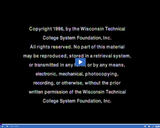
In "Quadratic Equations II" students will learn to: solve quadratic equations using the quadratic formula and solve word problems that include quadratic equations.
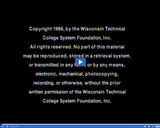
In "Quadratic Equations II" students will learn to: identify quadratic equations in standard form, solve quadratic equations by taking the square root of each side of the equation and solve quadratic equations by factoring and solve word problems that include quadratic equations.